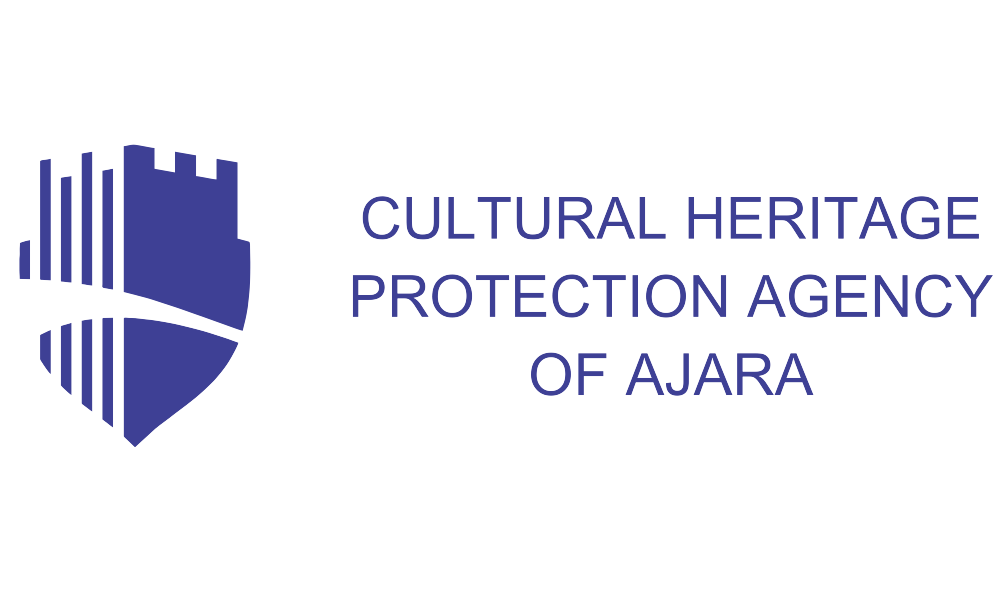Archaeological sites
Georgia is a country in Transcaucasia located on the south-eastern coast of the Black Sea, with its capital in Tbilisi. The country is situated at the junction of Eastern Europe and Western Asia. It is bordered to the south by Armenia, to the south-east by Azerbaijan, to the north and east by Russia and to the south-west by Turkey. Georgia’s mountainous lands lie between the Greater and Lesser Caucasus Mountains.
Batumi, the capital of the Autonomous Republic of Adjara and Georgia’s second largest city, is located on the Black Sea coast in the south-western part of the country. It is likely that a Greek emporium bearing the name ‘Bathus’ or ‘Bathys’ was located here in ancient times.
Batumi combines old and new architecture. Streets lead between historic houses and modern buildings, centres of culture and art as well as hotels, where international conferences and business meetings take place. The city is bustling with life, the streets overflowing with restaurants with delicious food and wine, cosy cafes with strong, tasty coffee and viewpoints such as the Alphabetic Tower, which offers views of the rooftops of the city centre, the mountains, and the sea.
The Shota Rustaveli State University in Batumi is one of the leading institutions of higher education. It has a conference hall and numerous lecture theatres equipped with multimedia equipment.
The best way to get to Georgia is by plane. International airports are located in Tbilisi, Kutaisi and Batumi. The airports are served by a network of shuttle buses that provide comfortable access to the destination city. There is a direct train from Tbilisi to Batumi.
The currency in Georgia is the Georgian Lari, Although, prices are sometimes quoted in US dollars and euros. Euros and dollars can be exchanged at exchange offices, which are available on almost every corner of major cities. There is also a well-developed network of banks and ATMs, and in many places, it is possible to make payments by card or phone.
Come and visit Batumi!
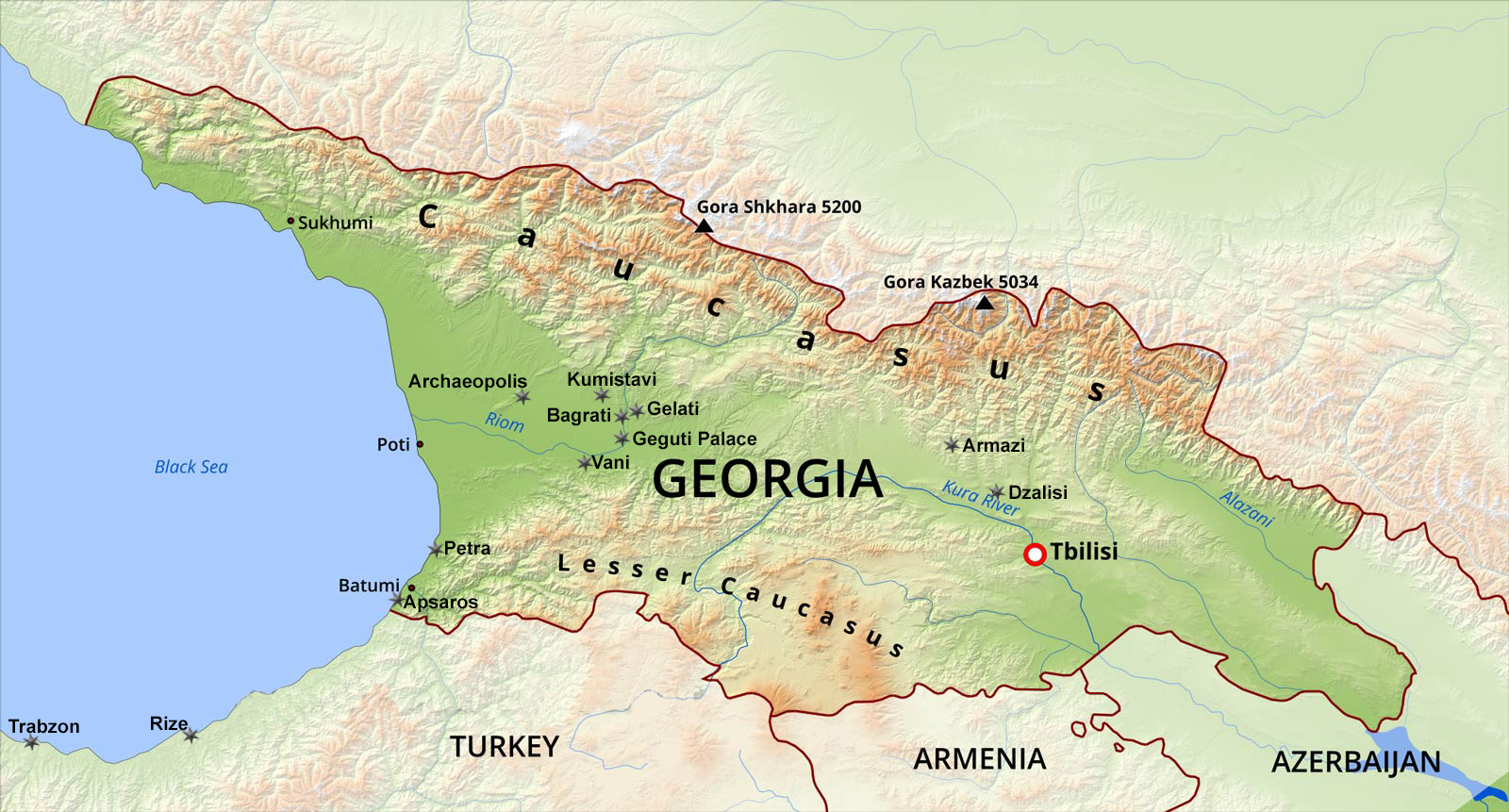
Below are the archaeological sites to be visited during the XXVI Limes Congress. In the near future, a programme for the visits during the Congress proper and the pre- and post-excursions will be presented.
Apsaros
The first garrison appeared at the mouth of the Khorokhi River in the 60s of the 1st century AD. However, the Roman army was quickly evacuated again and did not return until the reign of Trajan. The fortress was most intensively used during his reign and that of his successor Hadrian. During this period, troops equivalent to the strength of half a legion were stationed here. The most important buildings, such as the house of the garrison commander (the praetorium), were also built then. The praetorium, equipped with a private bath and decorated with floor mosaics, was probably erected on the orders of Flavius Arrian, governor of the province of Cappadocia, who visited Apsaros in 131 or 132. The fort continued to be used until the mid-3rd century. Sometime during this period, it was abandoned due to the invasions of the Boranians on the eastern coasts of the Black Sea.
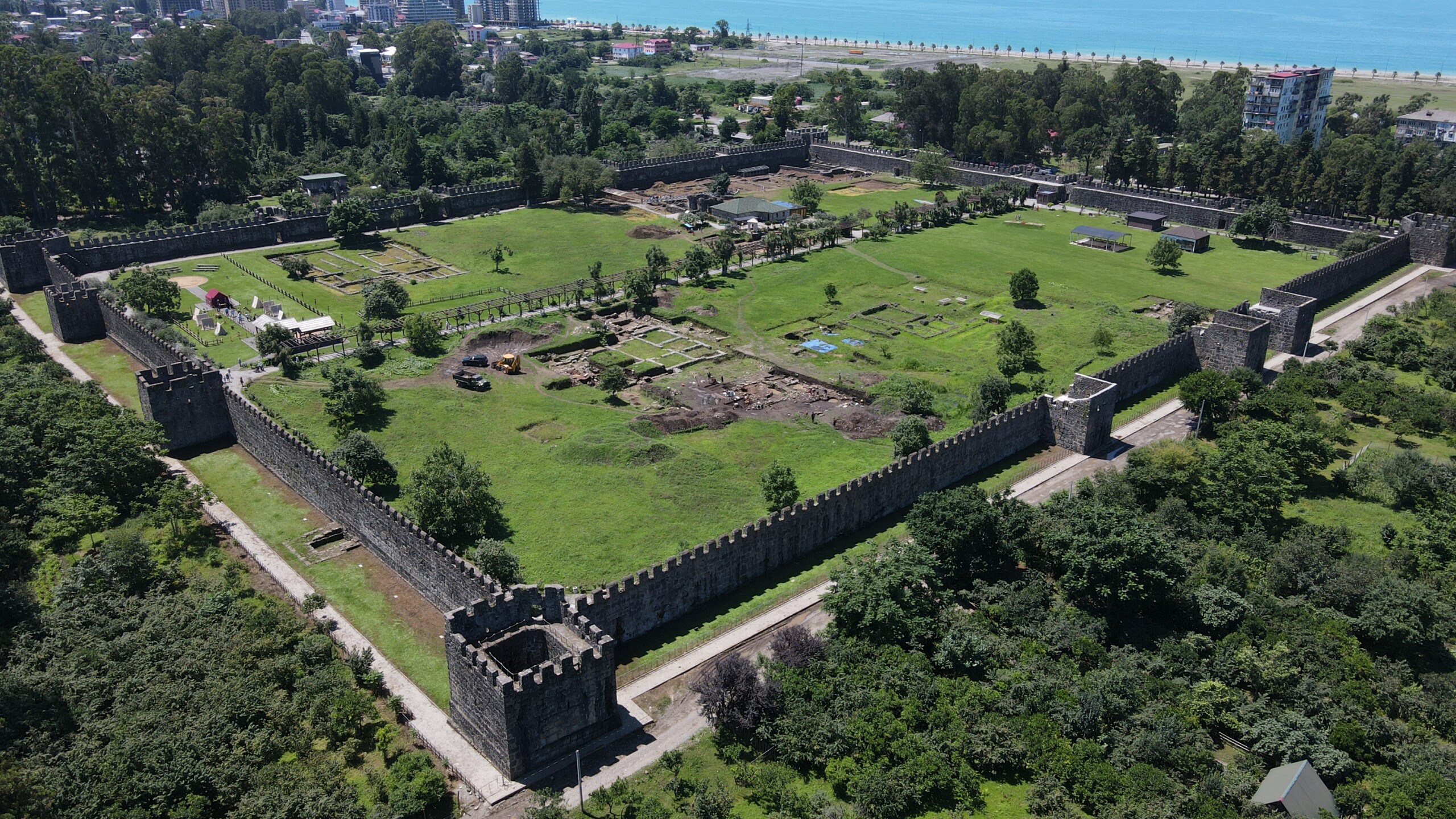
Petra Justiniana
As the name suggests, the fortress was built in the time of Justinian the Great. It went down in history because of a turn of events, in which the Byzantine army besieged (!) the Persian garrison defending itself here. Georgian archaeologists recently discovered traces of this siege. Inside the fortress, you can see, among other things, the ruins of a Byzantine Basilica. The magnificent view of the sea and coast from the fortifications also leaves a unique impression.

Armazi
Particularly noteworthy among the ruins of the ancient kingdom of Iberia are the remains of a fire temple and also the ruins of several private baths made in the same way as in rich houses in the Roman provinces. The remains of a massive fortification wall also attract attention. The special importance of Iberia, as a neighbour of the Roman Empire, is evidenced by the high-class Roman imports discovered in the graves of the local elite. Many of these objects are exceptional masterpieces made of precious metals. Some of them can be seen in an exhibition at the National Museum in Tbilisi.
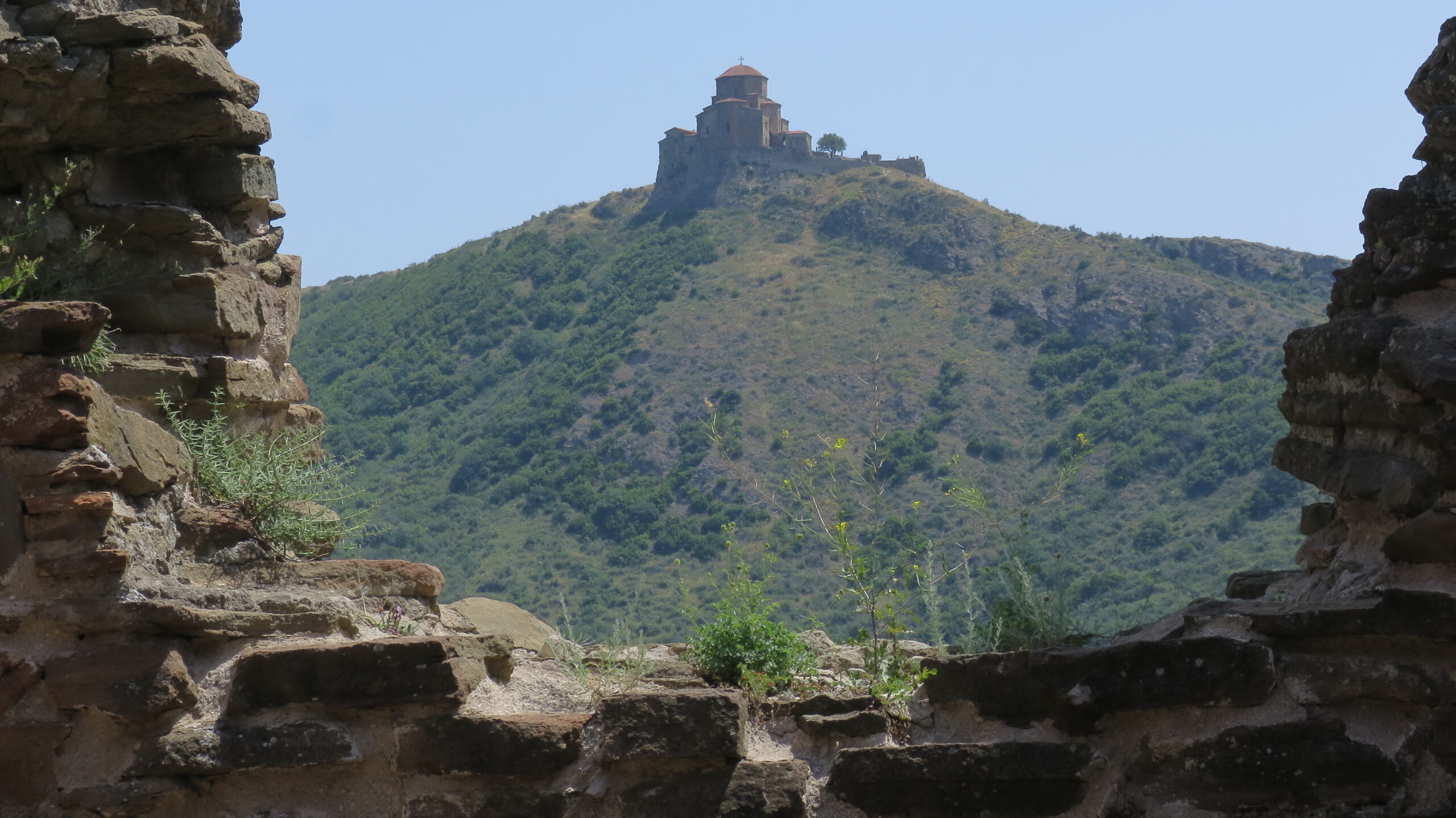
Satala
The site is known primarily as the headquarters of Legio quindecima Apollinaris. It was the legionary fortress closest to the Roman defence system on the coast of Colchis. Today, part of the site of the former legionary fort is occupied by a Turkish village. A number of architectural relics visible on the surface (!) have been preserved both intra muros and around the fortification. Many details and fragments of inscriptions carved in stone can be found in the walls of contemporary houses and farm buildings.

Trebizond (Trabzon, Turkey)
Trebizond was Greek colony, headquarters of the Roman Pontic fleet, an important fortress on the borderlands of the Roman Empire destroyed during the invasion of the Boranians, and finally the capital of the Byzantine Empire of Trebizond. Alhough the turbulent history was not conducive to the survival of ancient monuments, the remains of massive defensive walls, which can be found in various parts of the old city, go back to Pre-Roman and Roman times. Much more remains from the Byzantine period, including several churches and monasteries among which the local Hagia Sophia, deserves special attention.
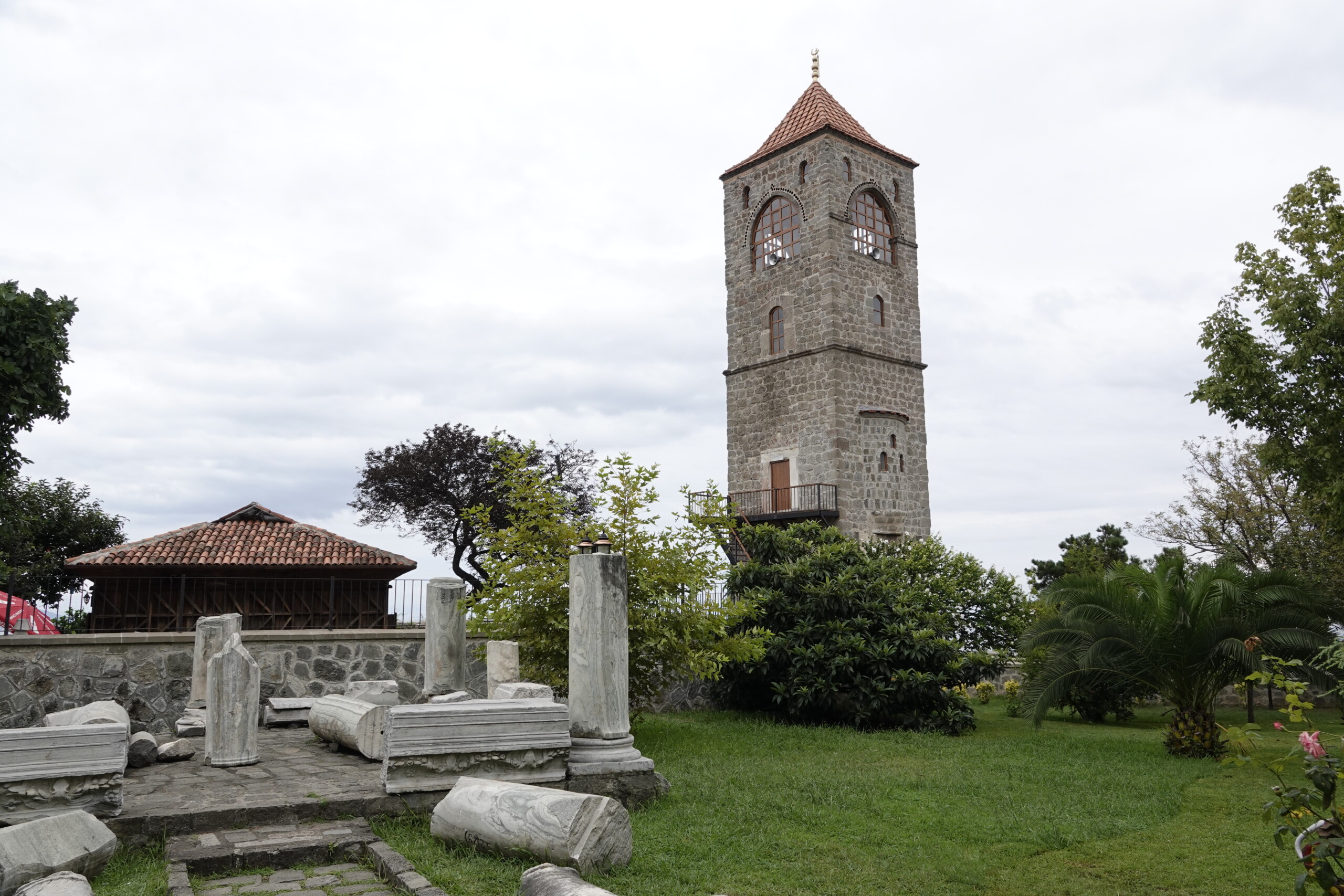
Cave of Prometheus
The Kumistavi caves, also known as the cave of Prometheus, is located near the Georgian town of Tskhaltubo, not far from Kutaisi. The biggest cave was discovered in 1984, but only one-tenth of it is open to tourists, and which takes about an hour to explore it. Inside are underground lakes and rivers, rather high humidity and lots of bats. There is a constant comfortable temperature of 14-degrees Celsius inside the cave, which allows tourists to spend as much time as they want inside all year round.
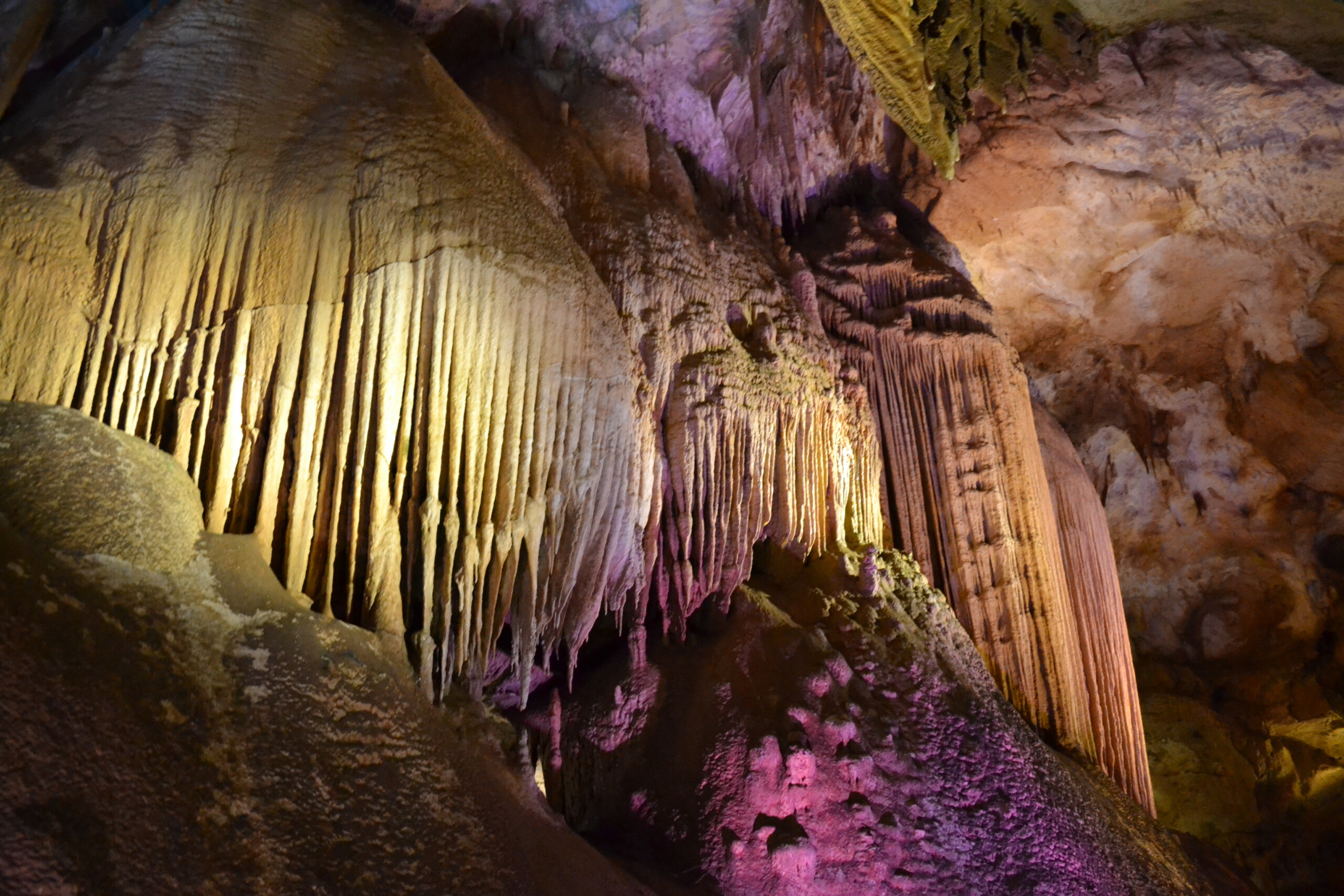
Bagrati
This building stands on the top of Arkieli Hill, between other early medieval structures of the Upper City. There is a foundation inscription preserved on the northern façade of the Cathedral which claims that the Cathedral had been completed in the year 1003 and was then consecrated by King Bagrat III. Later, porches and a three-storey tower for the bishop were added. Bagrati’s Cathedral is one of the largest Georgian cruciform churches (35 x 43 m). The architecture of the building reveals the influence of late 10th century south Georgian style.

Gelati
The Gelati monastery ensemble, situated 10 km from Kutaisi, described by contemporary inhabitants as the “second Jerusalem” for centuries represented the centre of Georgian spirituality and culture. Construction was started in 1106 by David the Builder and was finished by Demetre I and it was sanctified in 1130. As one of the most respectable religious centres, Gelati monastery has remained the subject of particular attention and care of Georgian kings and bishops.

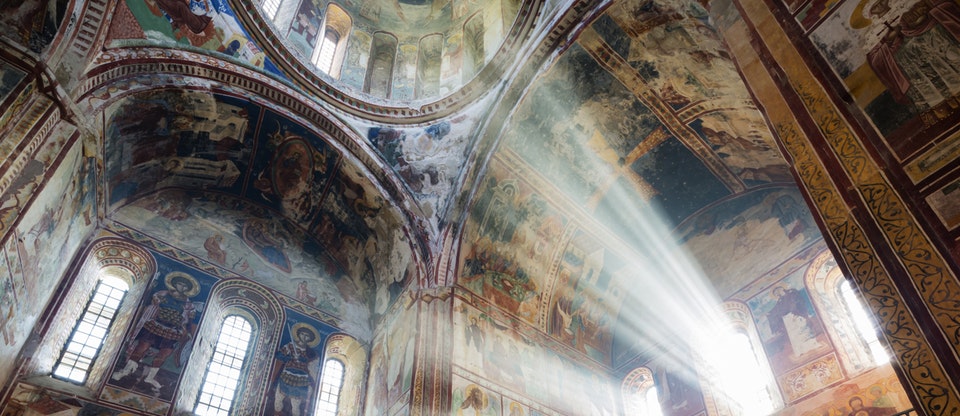
Geguti Palace
The Geguti Palace was built on the banks of the Rioni River on the site of an earlier fortress that was erected here in the 4th century AD by the rulers of the Lazyki or Egrisi kingdom. The earliest structure still in existence today is a simple building with a large fireplace, the so-called ‘hunting lodge’, which dates from the turn of the eighth/ninth century. The main part of the complex, the so-called second royal palace or winter palace, was built by King George III in the 12th century as a multi-storey brick building with a spacious central hall on a cruciform plan topped by a dome. The whole area was surrounded by a wall and fortified.
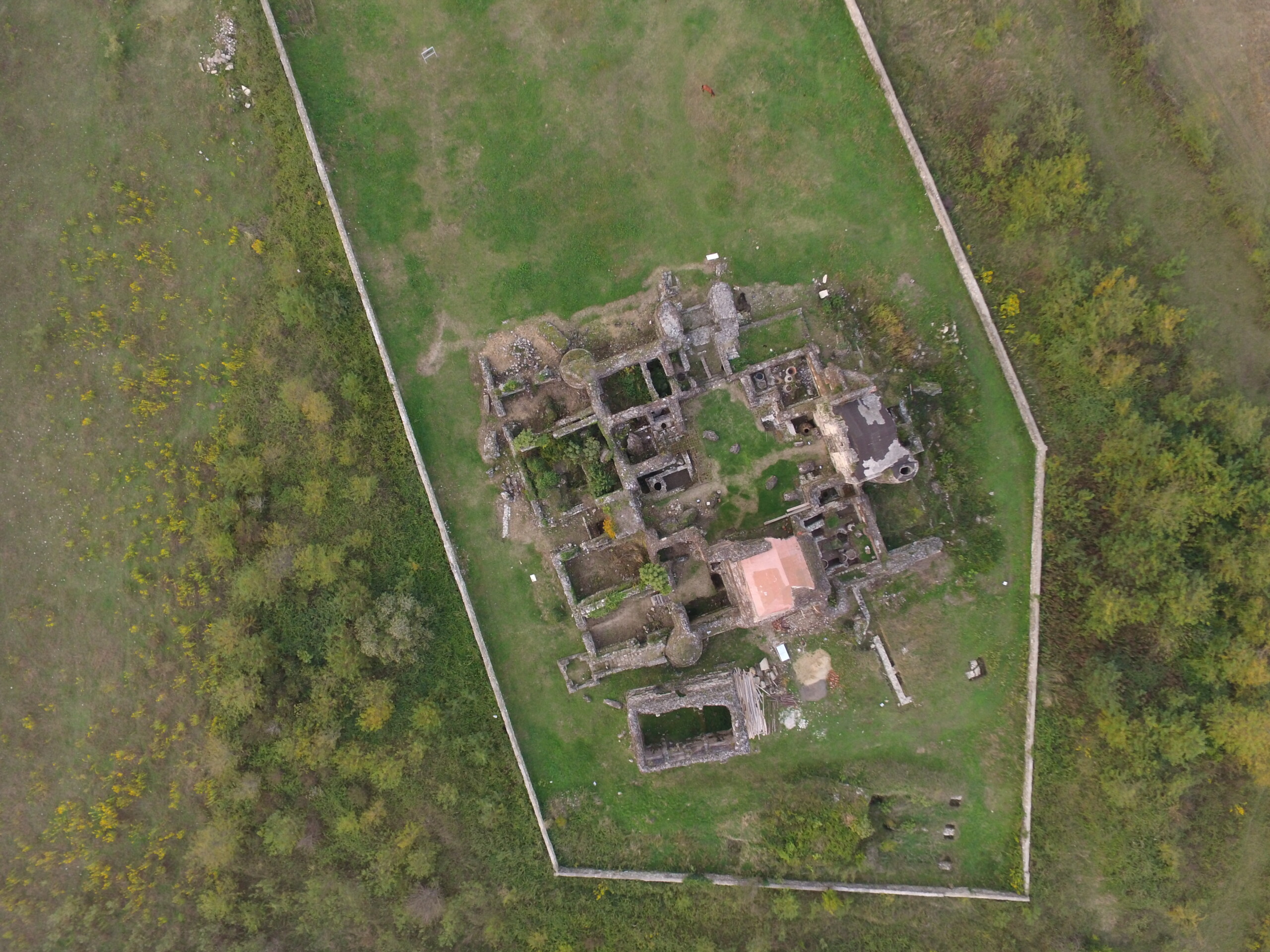
Archaeopolis
This city already existed in the Hellenistic period but reached its greatest peak during the Byzantine period. The preserved relics are above all the impressive defensive walls and also the ruins of the thermal baths. Noteworthy is furthermore a hidden exit to the river to draw water in case of a siege.
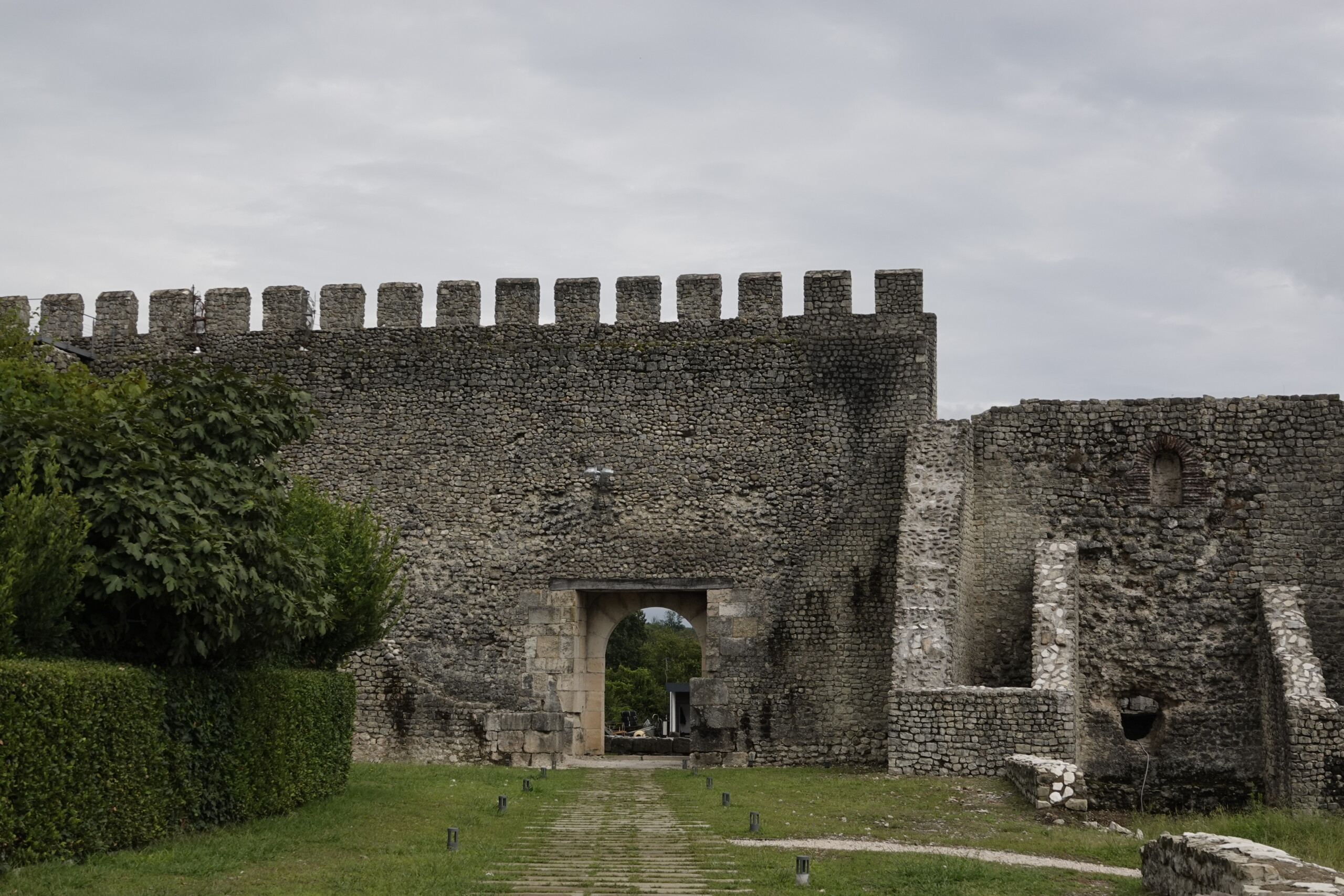
Vani (Georgia)
One of the capitals of ancient Colchis. The remains of monumental public buildings and exceptional finds on display in the restored museum show the wealth of the city during the Classical and Hellenistic periods.
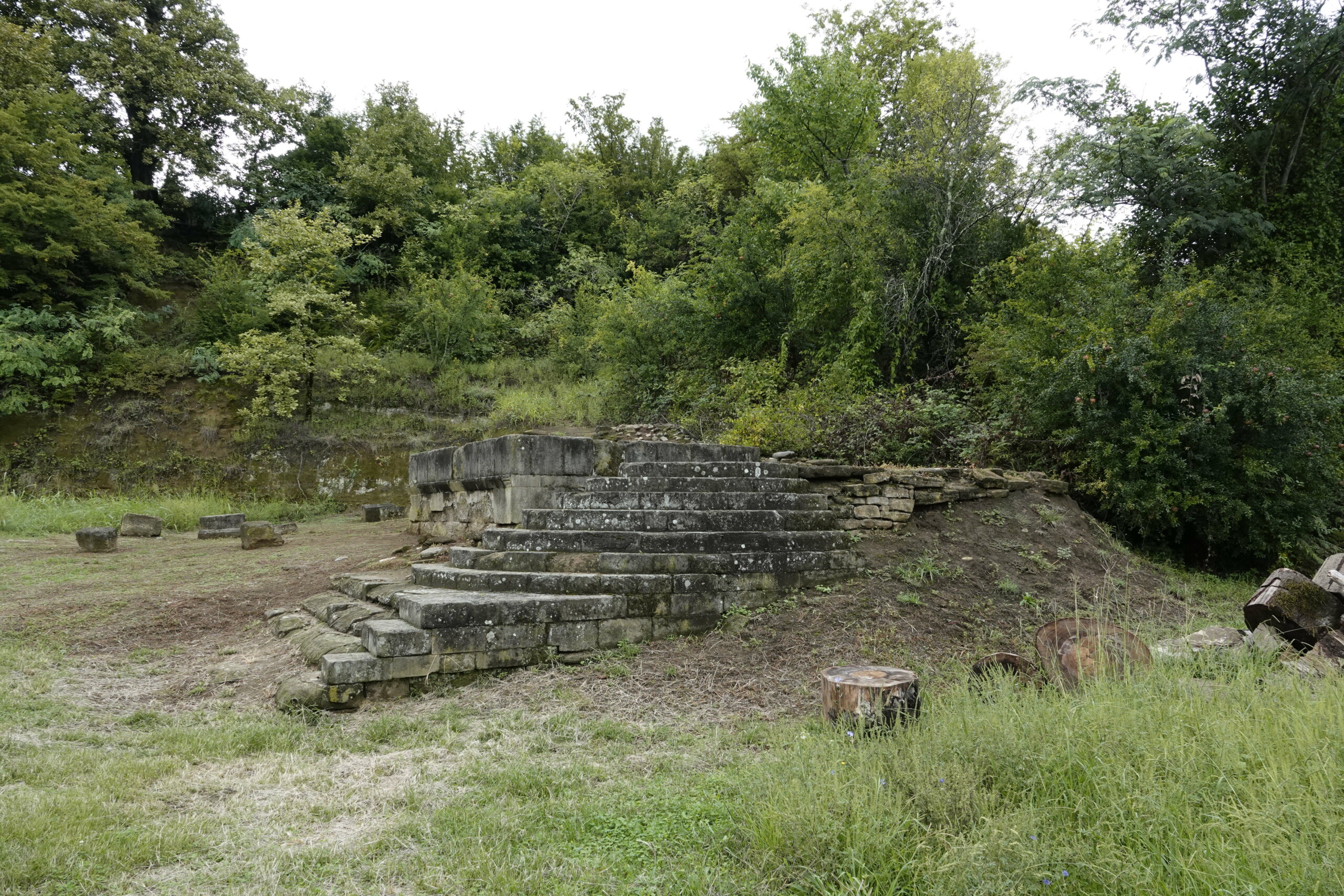
Rize (Turkey)
This Byzantine fortress was built at the same time as Petra Justiniana. The well-preserved fortification walls are noteworthy. From the fortifications, you can also enjoy a panoramic view of the modern city.
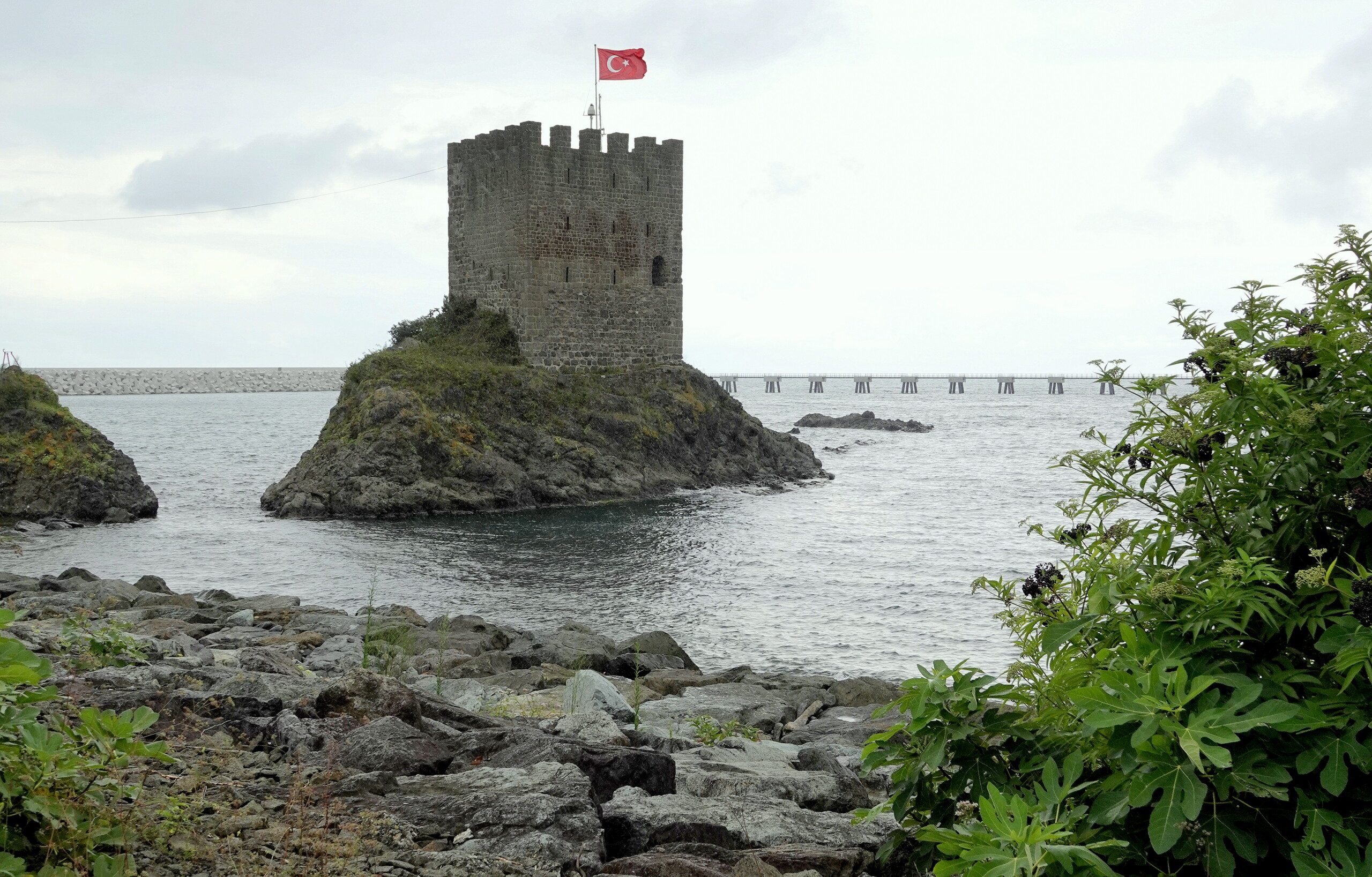
Sumela (Turkey)
Sumela is a special place, a UNESCO World Heritage Site. It is a unique Byzantine monastery largely carved into the rocks. Outside and inside the caves, magnificent wall paintings on sacred themes have been preserved. Equally unique are the views that accompany a trip to this place.
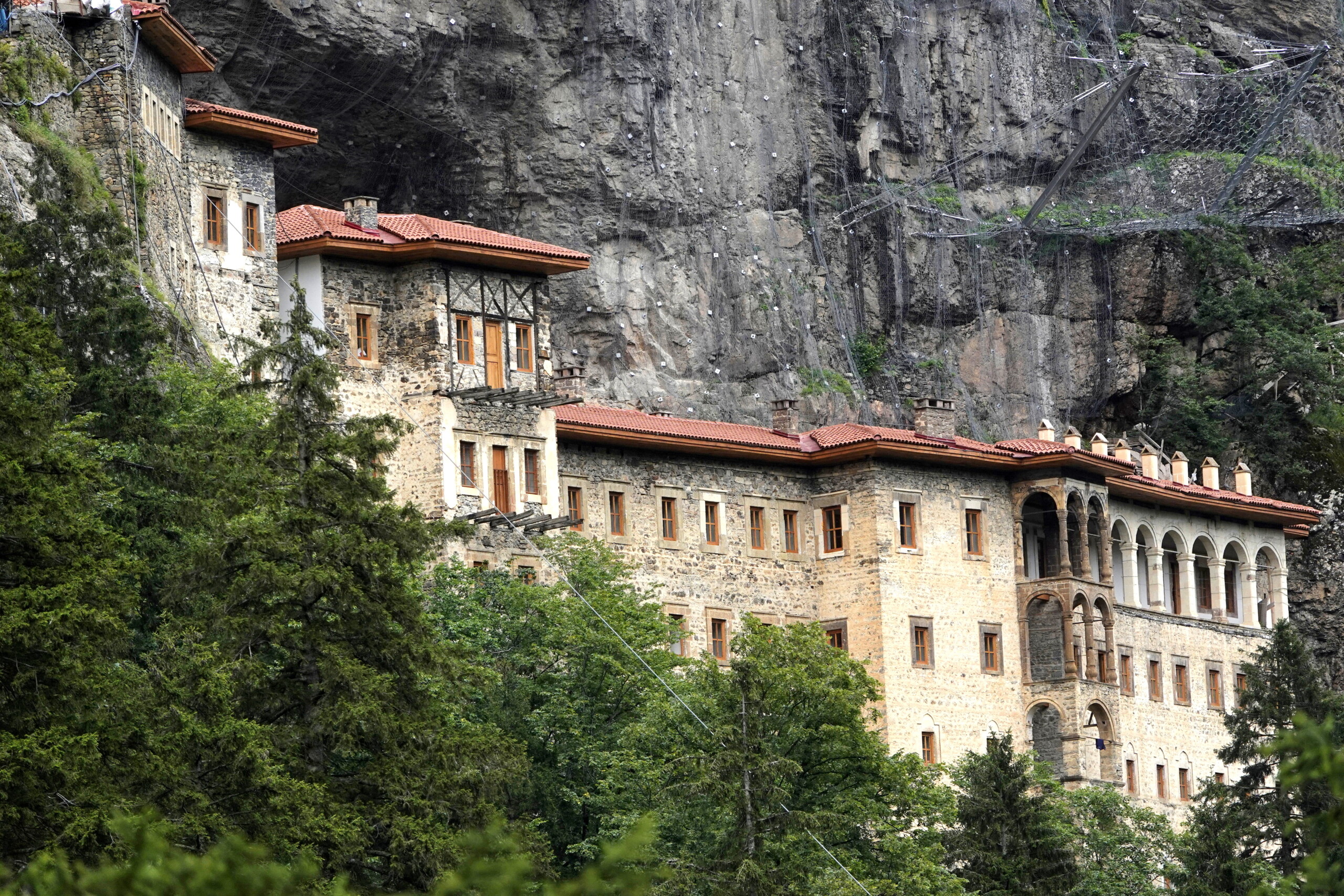
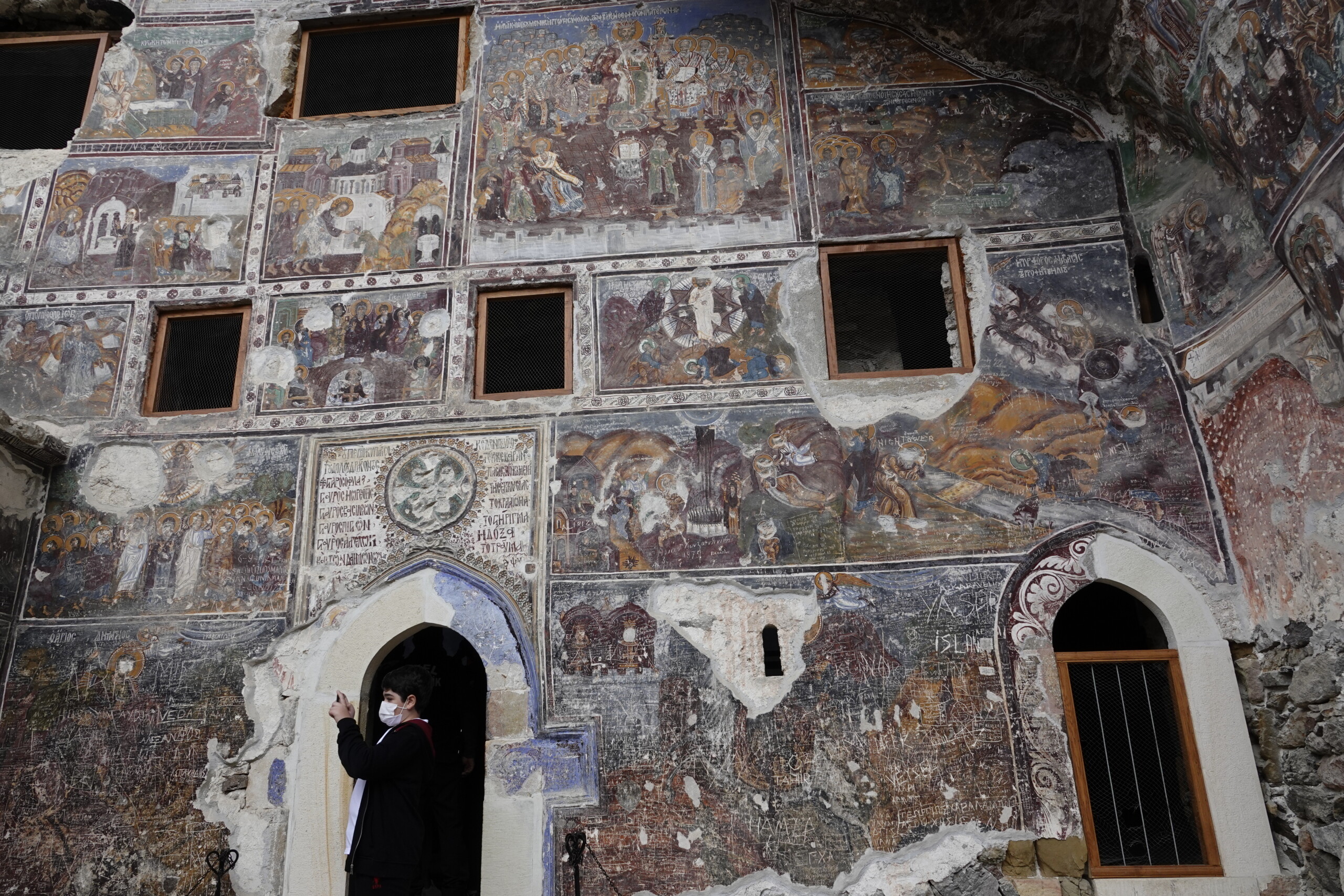
Photos authors: Radosław Karasiewicz-Szczypiorski, Bartłomiej Kujda, Anna Bucholc, Jacek Hamburg, Rafał Bieńkowski, Oskar Kubrak, Maciej Czapski, Natalia Lockley, Piotr Jaworski, Karolina Trusz
